The Power and Beauty of Hunting Dogs
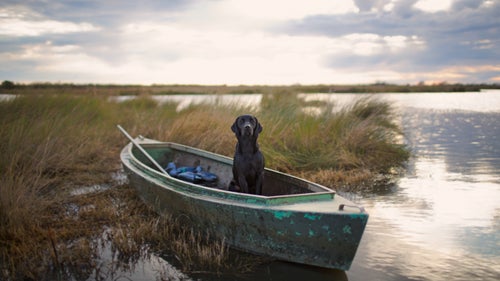
The best hunting dogs don’t just hunt with their noses. They understand terrain. They check in with their human counterpart to see if he knows something about where the birds might be hunkered down. They listen for hustling pheasants trying to make foot bail through the briars. Spend enough time with good hunting dogs, and you’ll see that they’re not just gifted with speed and heightened senses. They get cagey. They learn tricks and employ them. They learn to work smart and hard. Here, we introduce you to some of our favorite breeds.
—Photos by , captions by Grayson Schaffer
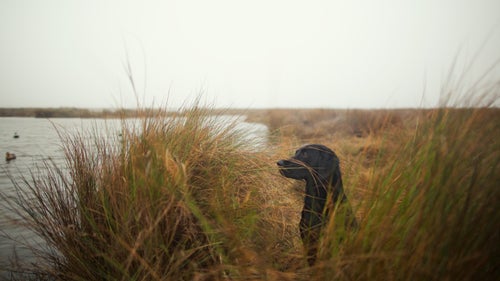
In his 1824 classic Instructions to Young Sportsmen in All That Relates to Guns and Shooting, Lt. Colonel Peter Hawker made the first enduring reference to the dog we now know as the Labrador retriever: He “may be broken into any kind of shooting; and, without additional instruction, is generally under such command, that he may be safely kept in, if required to be taken out with pointers. For finding wounded game, of every description, there is not his equal in the canine race; and he is a sine qud non in the general pursuit of wildfowl.”
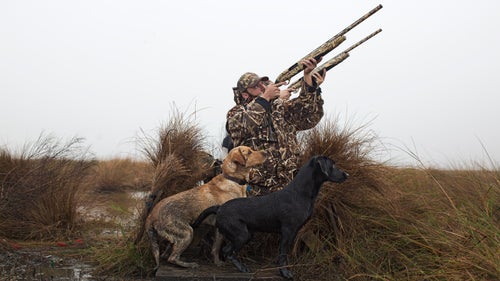
All Labradors are born knowing how to hunt. The trick is getting them to have an off switch. Most of a gun dog’s training involves learning to ignore distractions—birds flying by, guns firing, helpful passers by who really want to pet that cute dog. The best hunting dogs sit quietly, watch the sky, and don’t flinch at every bang.
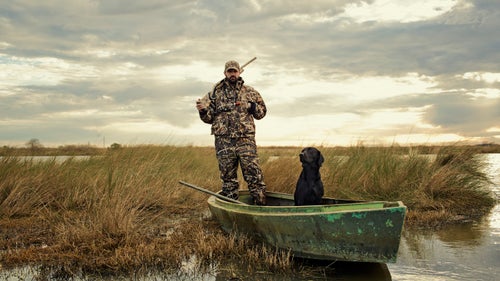
When it’s time to retrieve, Labs get sent into the field by name. Most of the time, they can remember where each bird fell. But if not, the hunter will guide them into the scent with hand signals. Dogs are among the few animals in the world that can understand the significance of a human pointing in a certain direction.
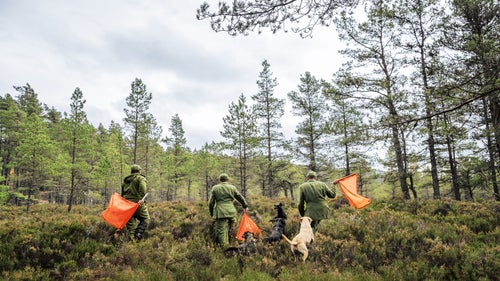
The job of a pheasant beater—used primarily on high-end wingshooting estates in the UK—is to work with the dogs to flush birds into the air for the guns. With multiple dogs, birds, and guns in the field, things can get chaotic and dangerous very quickly.
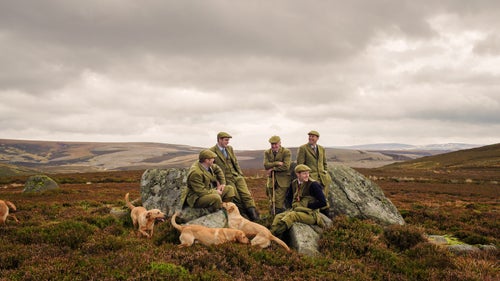
In the field, the dogs either stay at heel or quarter the field close to their handlers and respond to voice commands, even in the face of pheasants launching into the air and shot attempts. When a bird goes down, only one dog gets sent to make the retrieve. The others wait.
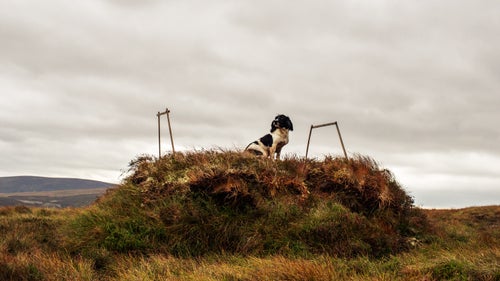
Thought to have originated in Spain, the Spaniel was mentioned by name as early as 300 A.D. in Wales. The dog was used to “spring” or flush game. The first pure-blood English Springer Spaniel line was developed around 1800 in Shropshire, England. The first Springer Spaniel in North America was imported from England (to Canada) in 1913. They are now one of the most popular field dogs in the world.

With roots tracing back to the 14th century, the English setter is one of the oldest breeds of hunting dog. Developed over centuries from spaniel stock, and originally called a setting spaniel, they date back to the creation of the shotgun. The English setter got its name from the stance–a crouch (or set)–it uses when it locks up.
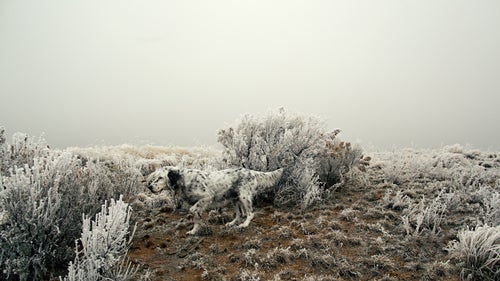
The set, like a crouching point, is a genetic trait that comes from the moment just before a predator pounces on its prey. Over the centuries, breeders have developed and trained dogs to hold that pre-pounce freeze, which gives the hunter time to get into position, flush the bird, and take a clean shot.
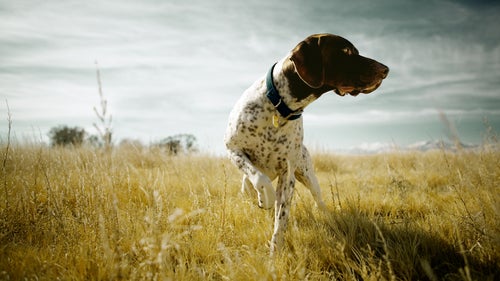
Whereas Flushing dogs like the springer spaniel and the Labrador retriever always stay within about 20 yards of the hunter, pointing dogs like English pointers and German shorthair pointers (GSPs) range over great distances, often wearing GPS-enabled collars. A good GSP (seen here) can keep a bird in place for 20 minutes or more while the hunter catches up to make the shot.